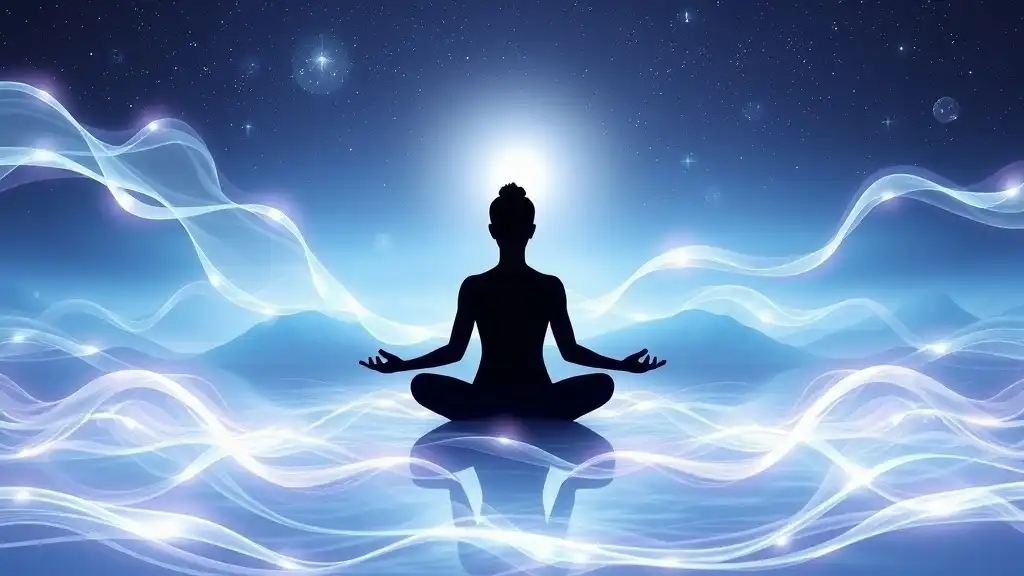Restlessness is a feeling many experience but few truly understand. At its core, restlessness is more than just an agitation; it encapsulates a longing for something greater and a sense of incompleteness. It often whispers that we are out of sync with our true selves or our environment. By exploring the layers of restlessness, we can uncover the profound spiritual meanings behind this unsettling state.
Understanding Restlessness
The Nature of Restlessness
Restlessness can be both emotional and mental, stemming from unresolved feelings or unarticulated desires. It holds physical manifestations, too—frequently described as fidgeting, an inability to focus, or an overwhelming sense of anxiety. Recognizing these symptoms is the first step to understanding the undercurrents of discontent that run through our lives.
Common Triggers of Restlessness
Numerous factors can trigger restlessness, both external and internal.
-
External environments—places that feel confined, chaotic, or lacking inspiration can ignite feelings of unease. We may physically feel the need to escape, travel, or change our surroundings.
-
Life transitions, such as moving to a new city, starting a new job, or experiencing significant changes in personal relationships, can lead to feelings of instability and restlessness as well.
-
Internal conflicts arise from unmet personal goals, suppressed emotions, or the clash between our desires and societal expectations.

Spiritual Perspectives on Restlessness
Restlessness as a Spiritual Sign
Many spiritual traditions view restlessness as a significant signal from the universe. It can be interpreted as a call for deeper introspection. Rather than dismissing these feelings as mere discomfort, we should consider what they might reveal about our path. Restlessness often indicates that we are poised at the edge of transformation, hinting that change is either needed or imminent.
Cultural and Historical Views
Throughout history, various cultures have perceived restlessness through different lenses. Ancient philosophers and spiritual leaders often spoke about the importance of understanding internal unrest. For example, in Eastern philosophies, energy fluctuations within the body can manifest as restlessness, suggesting a need for balance. Recognizing how historical figures addressed this feeling can equip us with valuable tools to cope and transcend our own restlessness.

The Connection Between Restlessness and Personal Growth
Identifying Patterns
Understanding your unique experience of restlessness can lead to significant breakthroughs in personal and spiritual development. Take time to identify recurring themes in your life. Are there certain situations or environments that consistently spark your feelings of agitation? Documenting these occurrences can yield insights into your desires and your true self, shedding light on the deeper layers of who you are.
Transforming Restlessness into Action
Instead of seeing restlessness purely as a burden, we can reframe it as a source of motivation. When we embrace unrest, we can channel it into purposeful action. For instance, if a stagnant job makes you restless, it might be a sign to explore new opportunities, learn new skills, or pursue your passions. This transition from discomfort to growth is a vital aspect of harnessing the power of restlessness.

Practical Approaches to Managing Restlessness
Mindfulness and Meditation Techniques
One of the most effective ways to soothe feelings of restlessness is through mindfulness practices. Engaging in breathing exercises can ground you in the present moment, easing anxiety and allowing you to address the underlying sources of discomfort.
Visualization practices also serve as powerful tools. Envisioning yourself at peace can help rewire your mental landscape, guiding you towards a state of calm. By focusing on positive imagery, you cultivate an inner environment where restlessness can transform into serenity.
Journaling as a Tool for Clarity
Another invaluable practice is journaling. Penning down your thoughts can clarify your feelings of restlessness. Use journaling prompts such as “What am I truly longing for?” or “What barriers are keeping me from my desires?” Analyzing your emotions through writing helps you gain clarity, revealing pathways to personal and spiritual growth.

Seeking Guidance and Support
Connecting with Spiritual Communities
Restlessness often fosters a sense of isolation; however, it's essential to remember that you are not alone. Connecting with supportive spiritual communities can provide insight and understanding. These networks serve as platforms for sharing experiences, allowing members to learn from one another’s journeys.
Professional Help and its Importance
While spiritual communities are invaluable, there may be times when professional help is necessary. Seeking therapy or counseling can present an effective avenue for tackling profound internal conflict. Professional guidance merges psychological insights with spiritual growth, helping you navigate periods of unrest with the tools you need for healing and progress.

Conclusion
In embracing restlessness as an integral aspect of our spiritual journey, we open ourselves to a world where discomfort becomes a catalyst for growth. By understanding its roots and learning to address it through mindfulness practices, exploration, and support, we can transform feelings of unrest into peace. Ultimately, recognizing that restlessness is not merely a hindrance, but an opportunity for evolution allows us to move forward on our paths with intention and clarity.



















